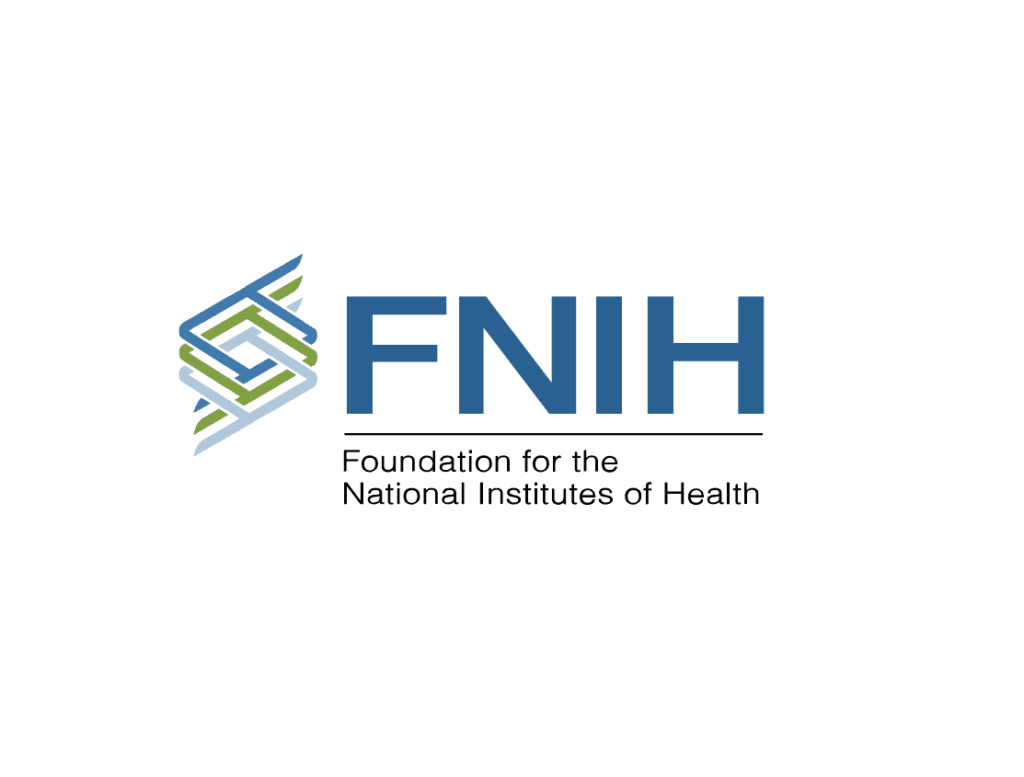

Department of Defense Congressionally Directed Medical Research Programs
By: Allen Pinn, Coordinator, Policy
Introduction
The Department of Defense’s (DOD) Congressionally Directed Medical Research Programs (CDMRP) were established in 1992 by Congress in response to a desire for more investment in biomedical research. In its 32-year history, the CDMRP has funded research into a plethora health care issues that impact the chronic illness community including breast cancer, chronic pain management, epilepsy, melanoma, multiple sclerosis, etc. In FY2023, over 30 health conditions were examined within CDMRP. Since its creation, appropriations for CDMRP have grown, as have the number of conditions researched. In 1992, CDMRP was appropriated $25 million versus $1.55 billion in 2022.
Below is a summary of the history of CDMRP and its impact on scientific research.
History of CDMRP
Throughout the 1980s, health, medical, and scientific advocates lobbied Congress to address the limited research surrounding women’s health issues. In 1983, the Department of Health and Human Services (HHS) established the Public Health Service Task Force on Women’s Health Issues, which was followed by the National Institutes of Health’s (NIH) Office of Research on Women’s Health (ORWH), again created in response to a lack of female inclusion in clinical studies. By the 1990s, more advocacy groups such as the American Cancer Society and Susan G. Komen Foundation were lobbying Congress for more coordinated efforts surrounding breast cancer research, and in 1992, the DOD was appropriated $25 million to research breast cancer. The following year, Congress increased the program’s funding to $210 million and designated the Department of the Army as the executive agent of the breast cancer research program. After making more funding requests on other medical research, DOD began to formally call the requested funds CDMRP and Congress continued to appropriate funds for research into conditions that affected service members and their families.
CDMRP Funding
Biomedical research is funded across the federal government, primarily through the NIH. NIH funding is appropriated annually under the Departments of Labor, Health and Human Services, and Education, and Related Agencies (L-HHS) Appropriations Act. Whereas NIH funding is spread across 27 institutes and the Office of Director, ranging from the National Cancer Institute, National Institute of Mental Health, National Institute on Minority Health and Health Disparities, etc., CDMRP funding is more targeted in its funding. Through the CDMRP, Congress can direct funding to examine specific conditions such as Parkinson’s, ALS, lupus, spinal cord injuries that are deemed relevant to the military/public health. Because of this difference in funding, CDMRP is known to reflect Congressional interests, since they are more able to advocate for specific programming. Funding for CDMRP is also often a top priority of patient advocacy organizations because they can directly advocate for their condition as opposed to broader buckets of funding such as NIH’s Institutes.
CDMRP is funded through the Defense Health Program under the annual defense appropriations bill. Although most of CDMRP funding comes from the Defense Health Program, Congress can also appropriate CDMRP funding to other defense accounts. Key criteria considered for CDMRP include DOD practicability to execute research funding, history/past precedents of CDMRP funding, military relevance, and potential outcomes/risks from investing in a specific medical research topic. Once the funds are appropriated, the Secretary of Defense is responsible for overseeing that the funding is appropriately executed. DOD has two fiscal years to use the funds.
CDMRP Grants
While the CDMRP is funded through the Defense Health Program, the U.S. Army Medical Research and Development Command (MRDC) is the executive agent for the program. Of its responsibilities, grant management is a sizable portion. To be awarded a CDMRP grant, the MRDC organizes a vision setting meeting with multiple stakeholders such as academicians, scientists, clinicians, etc. to discuss areas where research is needed. Based on the discussion with these stakeholders, MRDC issues program announcements to inform researchers for grant opportunities which are then reviewed by MRDC. If an applicant has been chosen, they are notified by MRDC. All accepted grant applicants are listed on the CDMRP website.
CDMRP Today
In the years since its initial funding for breast cancer research, CDMRP now encapsulates several areas of medical research. Programs that have received the most funding since its inception include breast cancer research ($4.09 billion), Peer-Reviewed Medical Research Program ($3.45 billion), and Prostate Cancer Research Program ($2.15 billion). Over 30 programs under CDMRP have received appropriations and are responsible for many scientific achievements including U.S. Food and Drug Administration-approved drugs, imaging technologies for clinical use, novel approaches to prevention and treatment of diseases, and new standards of care and clinical practices. In 2024, the CDMRP continues its aim to fulfil its mission to “Responsibly manage collaborative research that discovers, develops, and delivers health care solutions for Service Members, Veterans, and the American public”.
Conclusion
In its 32-year history, the CDMRP has displayed its significance in scientific research, which is vital for individuals living with chronic conditions. As another appropriations deadline faces Congress in March, the National Health Council will continue monitoring the funding of CDMRP and other legislation that impacts the patient community.


